For some, the lawn is like a living welcome mat, inviting people into their home. They may be ill-suited to the climate in many areas (and an ecological disaster), but there’s no denying lawns have a certain visual appeal — and grass is pretty fun to roll around in.
But a thick, vibrant lawn is hard to maintain. It require a lot of food, attention, and grooming. Whether you are looking to revive a crunchy, brown, sparse lawn or get a freshly planted one off to a good start, here are 10 ways to help keep yours looking healthier and greener lawn.
Determine what type of grass you have
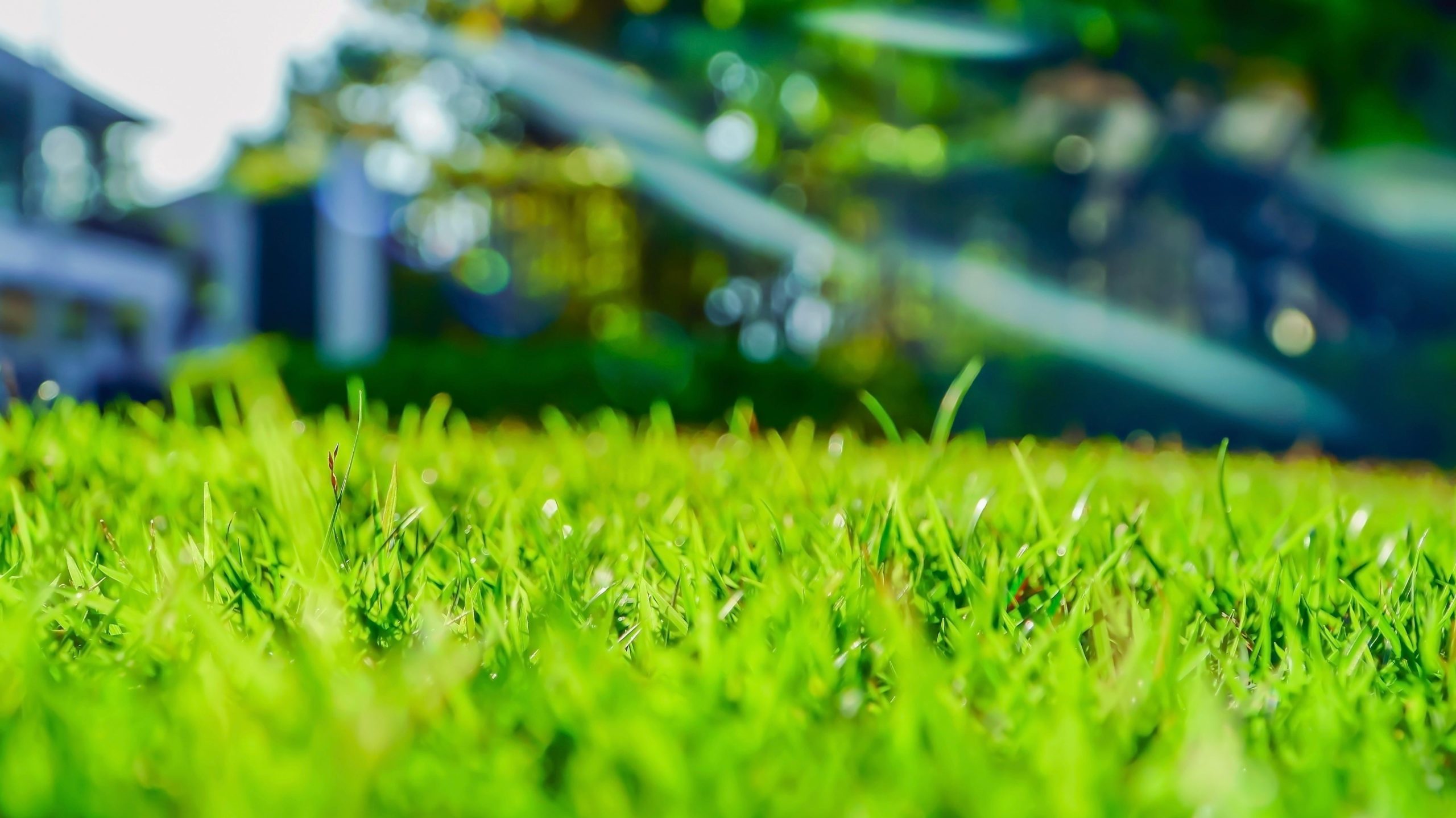
Knowing how to care for your lawn means getting familiar with the type of grass you have. If you are just putting in your grass, make sure to test your soil and consider the climate in your region before laying down your sod. All grass types break into two groups; cool-season grass and warm season grass. Each grass type requires a different level of care. Landscaping company Lawn Star has a great index for lawn types to identify the best fit for your area.
Aerate your lawn for deeper root growth
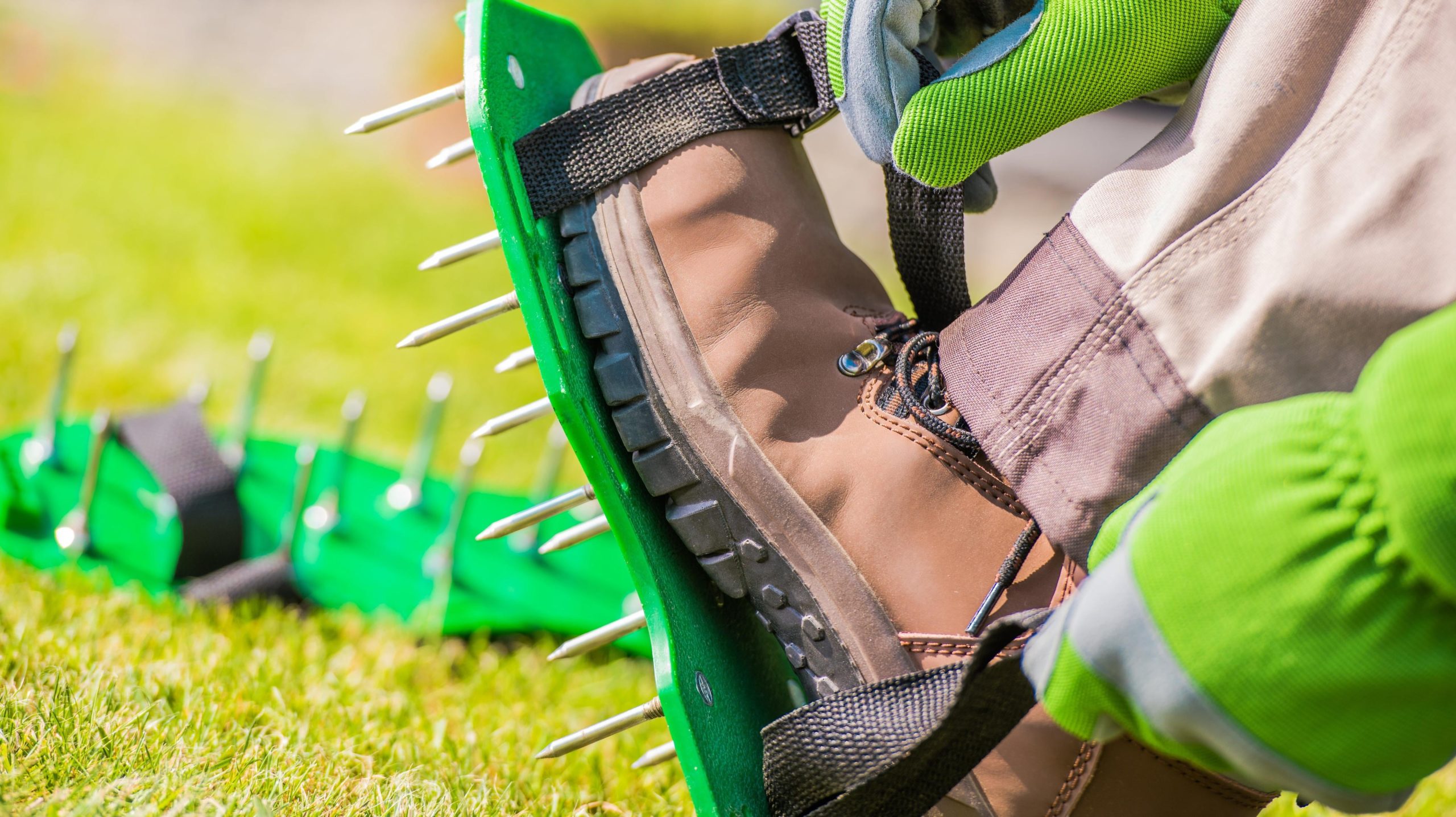
Aeration is a method of poking holes into the soil beneath your lawn to allow water and nutrients to penetrate deeper in. Grass preserves its green colour by growing deep roots that support healthy food production in the blades. In turn, deeper roots grab more nutrients from the soil and retain moisture for longer.
You can aerate your lawn with spike aerators, machines that look like an old-school lawnmowers with spikes instead of blades; or with a shoe aerator that costs a lot less (about $30), but depending on your lawn size, the latter method could take you forever. A larger manual aerator can cost anywhere from $US50-500 ($640), depending on the size and model. If you don’t want to buy one, you can always rent (expect to pay around $115 a day).
Cut grass higher to give the blades more sun
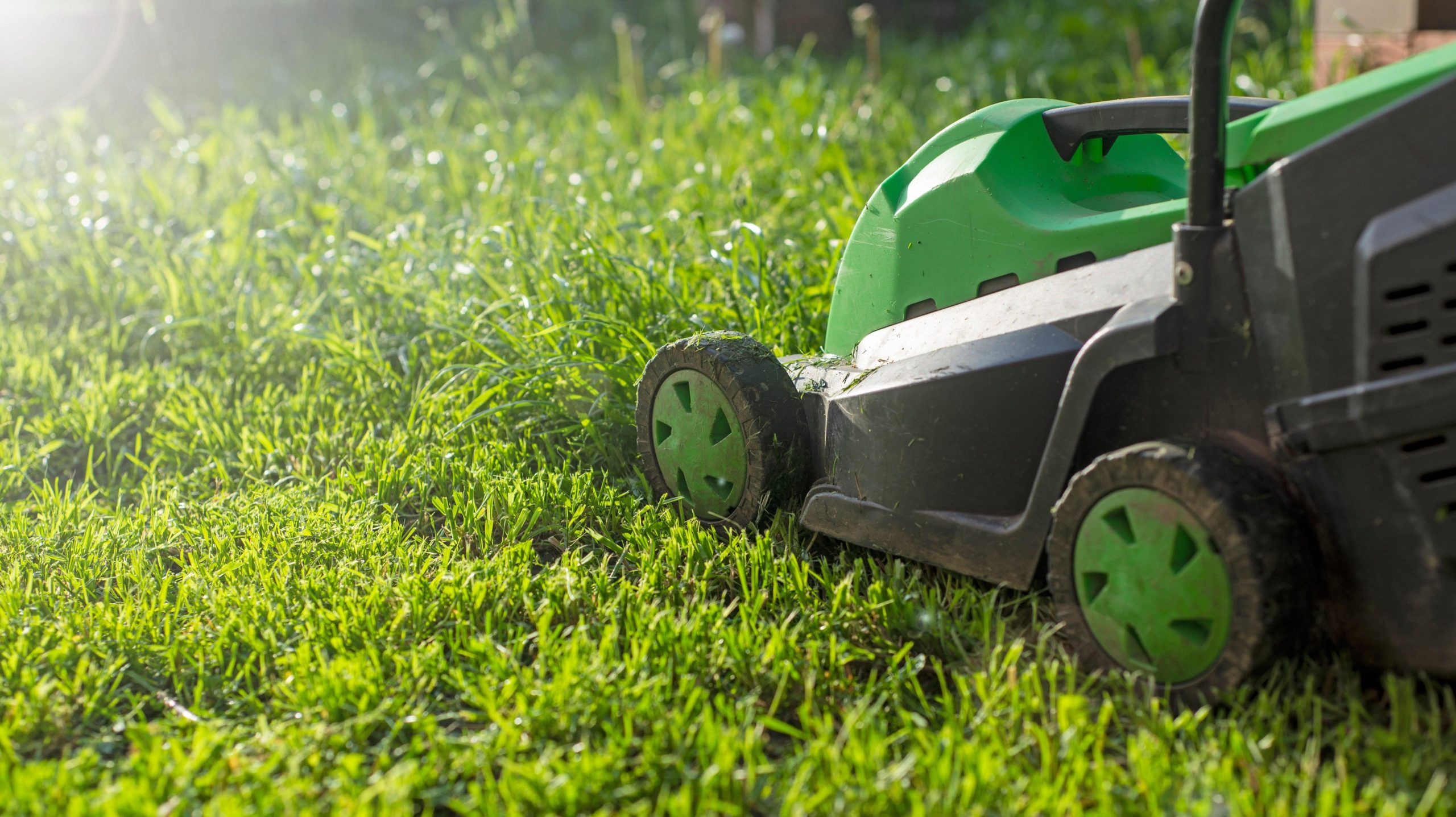
Grass makes food for itself in the blades (that’s where the photosynthesis happens). In order for it to stay a luscious green and grow deeper, healthier roots, you’ll need to master the surprisingly delicate art of mowing. Cutting grass actually signals the roots to grow more to catch more sun, which is good — but you don’t want to cut the grass too short, as that will actually cause it to lose moisture and grow brown and withered. No matter the type of grass, you don’t want to cut any lower than one-third of your lawn’s height at once to maintain its health.
Natural fertilisers feed your lawn’s big appetite
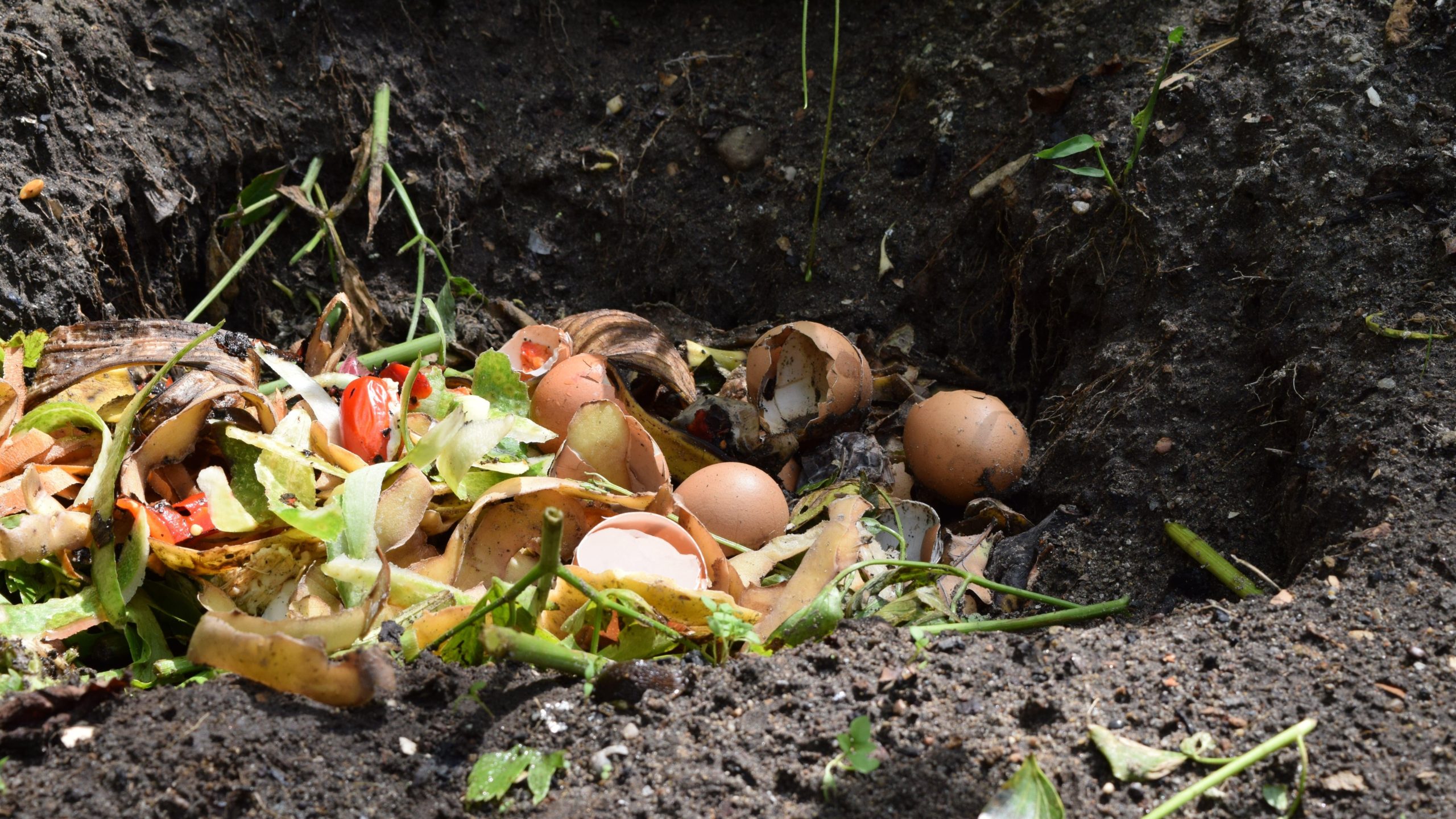
Fertilisers like compost promote the natural elements of decomposition and release nutrients back into the ground. Lawn care site The Ground Guys recommends a healthy mix of brown components (leaves and wood) and greens (vegetable scraps and peels). Mixing four parts “browns” and one part “greens,” will help compost decompose quicker, encouraging faster growth.
Organic fertilisers can be purchased at local gardening stores and are (in some cases) a greater benefit to your lawn. Grass is known to need a good amount of plant food to thrive. Organic fertiliser releases over a longer period of time, feeding your plants longer than inorganic types.
Water more deeply and less often to strengthen the roots
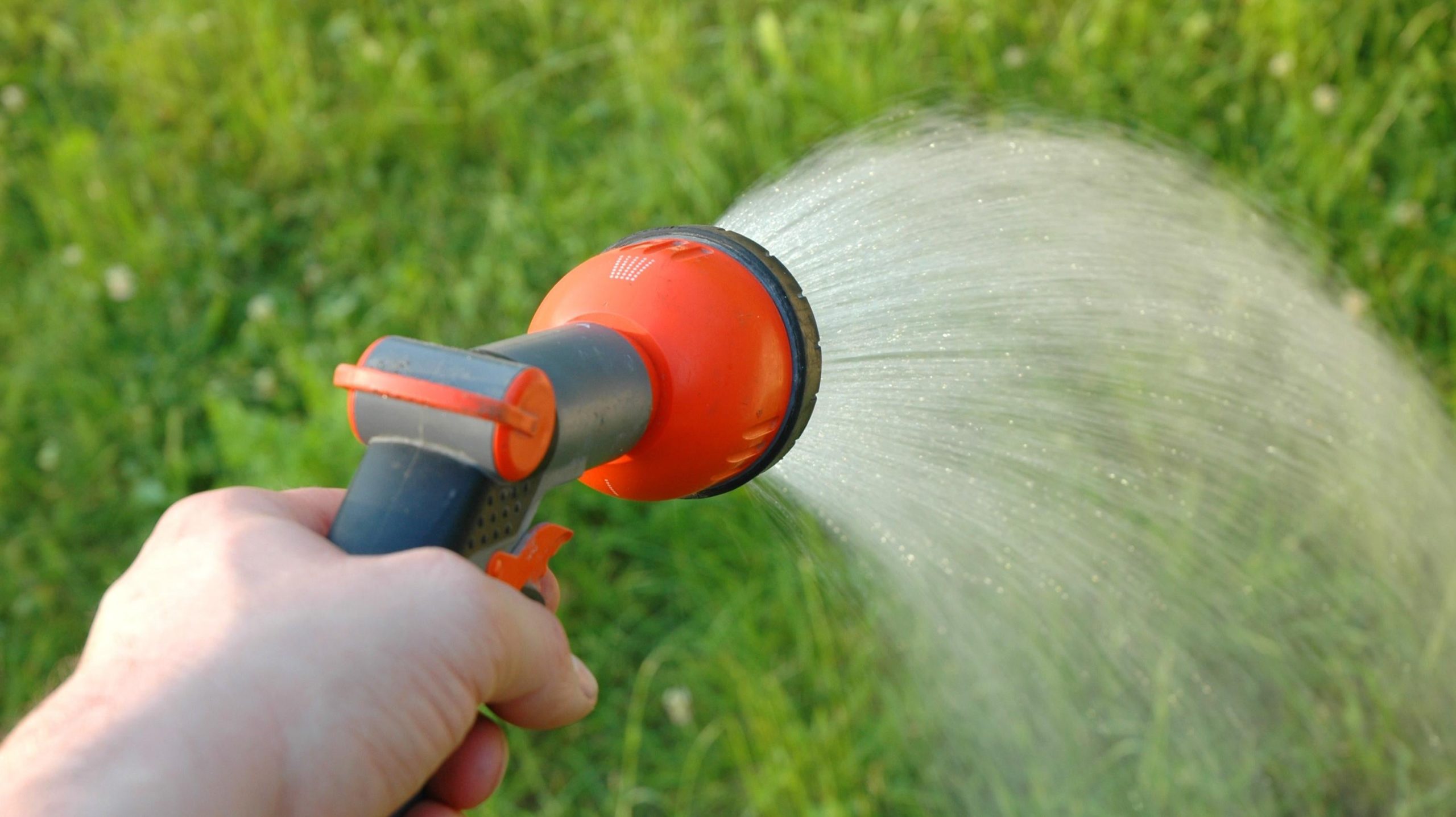
We’ve mentioned overwatering in a list of common mistakes in lawn care — and knowing when to water and when not to water requires monitoring your grass and knowing your grass type (and sometimes a screwdriver). If you measure the moisture retention of your grass, you’ll only need to water your lawn about once a week (or perhaps twice a week during the hottest months). The trick is to make sure the water is penetrating the soil deep enough to promote root health. The Family Handyman suggests watering enough that moisture is penetrating four to six inches below ground. You can test this by watering for 30 minutes then digging down about 6 inches to confirm the water has reached the proper depth. Aeration makes this process easier and faster.
Grasscycle your lawn to enhance growth
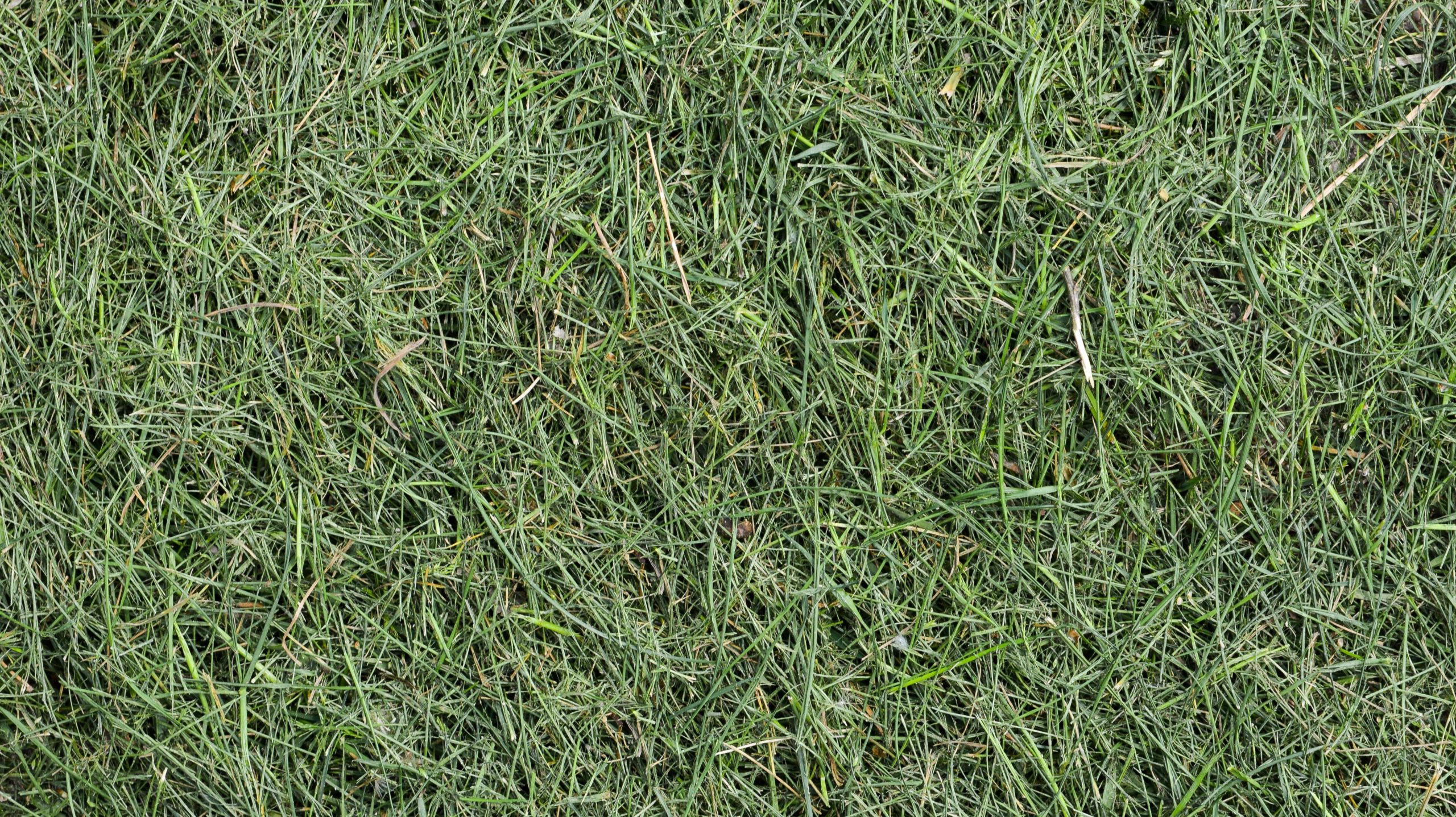
Grasscycling is the act of cutting grass and leaving the trimmings. This method may seem like an obvious practice, but some prefer to rake after they mow to remove the cut grass and improve the lawn’s uniform appearance. Leaving the fresh trimmings allows them to decompose and naturally return nutrients to the soil. Next time you mow, spread the trimmings around rather than raking them up and bagging them.
Use mycorrhizal root builder to expand root depth
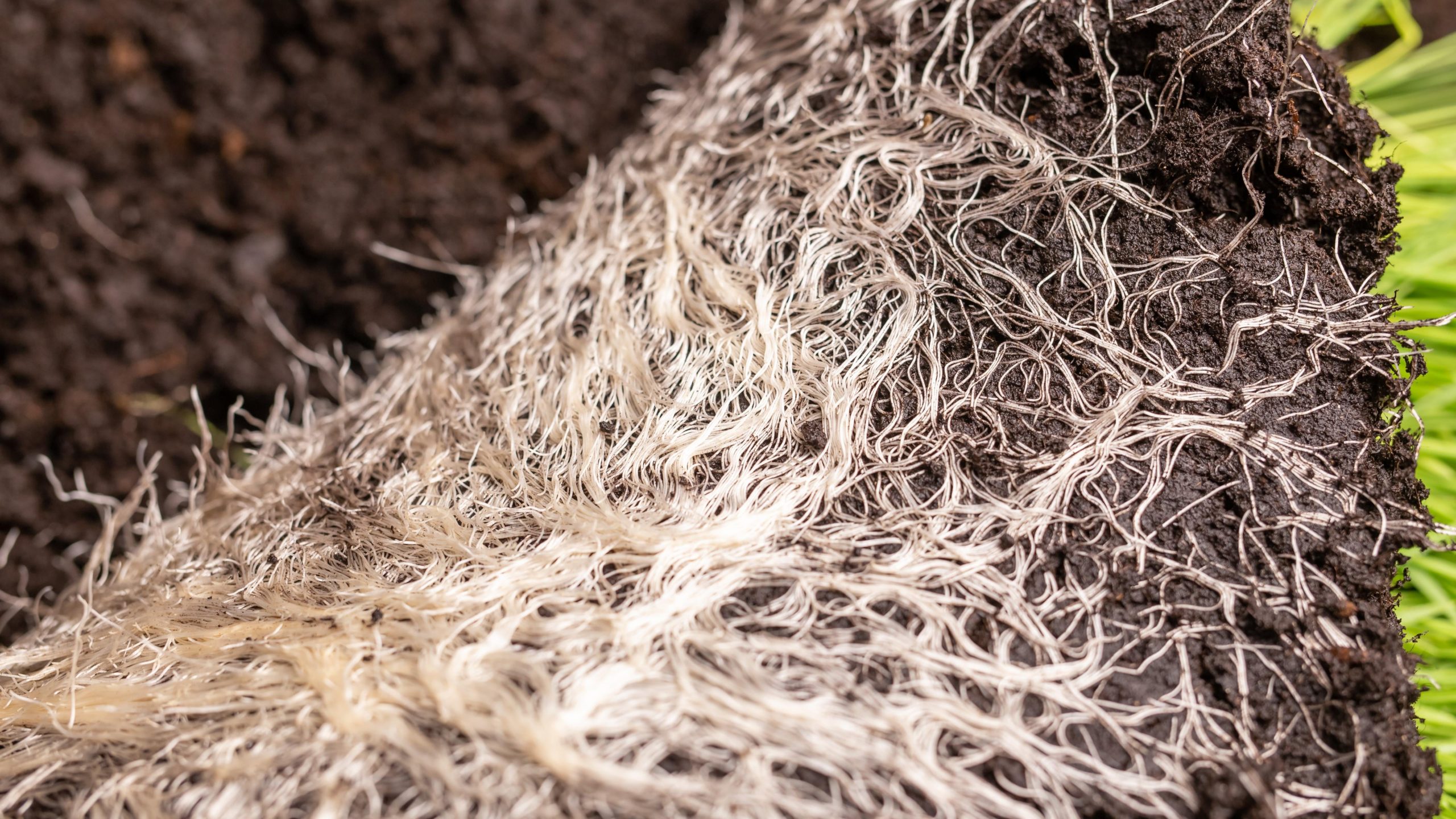
Mycorrhizal is a fungus that attaches itself to grass roots, enhancing their natural abilities. The string-like filaments latch onto the roots, extending them further into the soil and expanding their absorbency. To encourage this type of fungal growth, you can buy a mycorrhizal root builder for about $20 and spread it evenly over your lawn.
Dethatch your grass to free up new growth
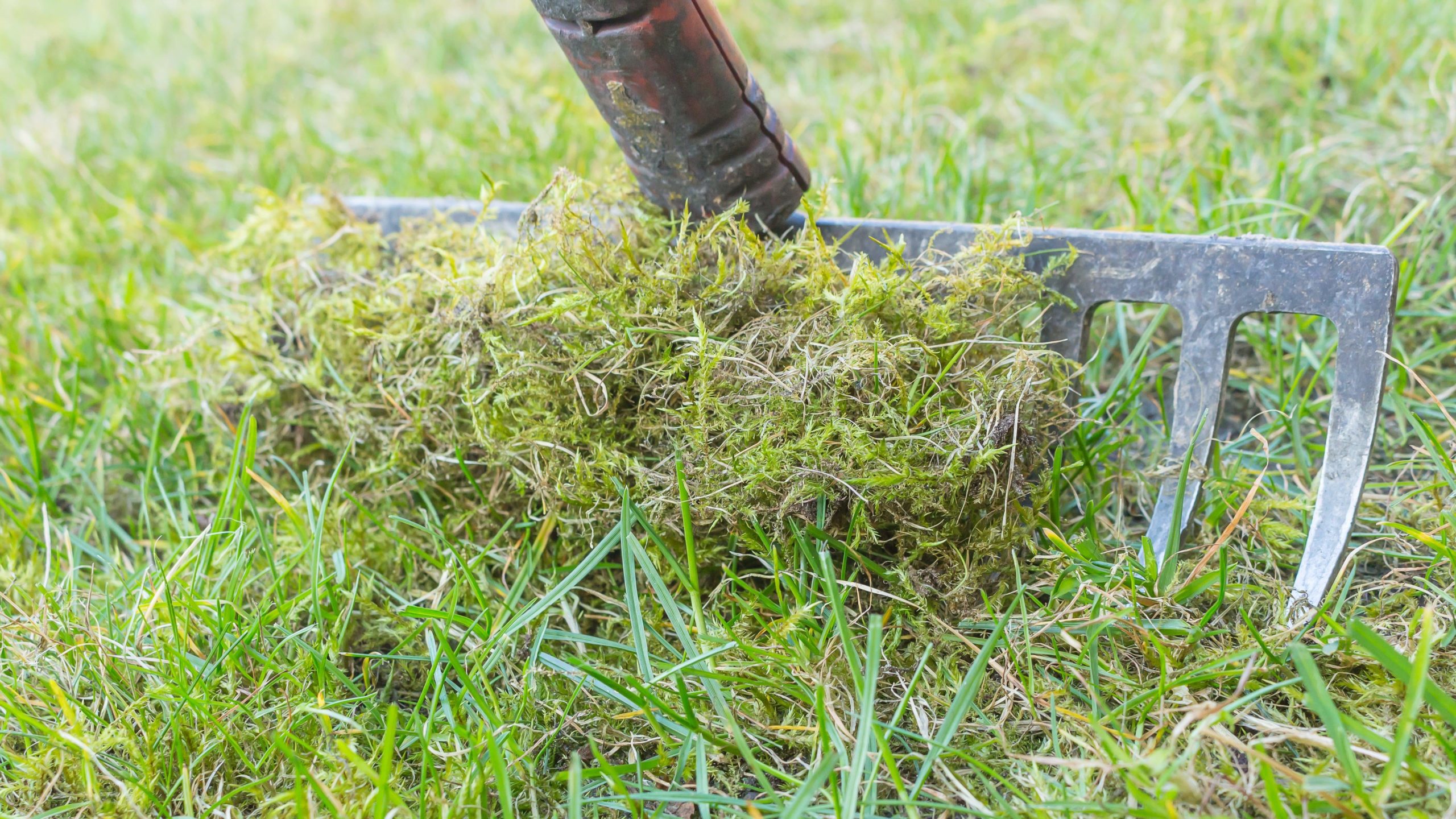
Thatch is a term used to describe a layer of dead grass that sits on the soil and in-between the healthy blades. Too much thatch can stunt new growth. To keep your grass healthy and growing, you’ll need to dethatch the lawn once the thatch reaches one-half inches in thickness. To remove the layers of thatch, grab a de-thatching rake, which has smaller and more rigid teeth than a leaf rake and will cost you about $50. Use the rake to break up the thatch and free it from the soil and healthy blades. If you have a lot of ground to cover, consider renting or purchasing a power dethatcher. Rentals can cost up to $100 a day, while purchasing a “power rake” can cost anywhere from $160-200.
Remove weeds to keep your grass well-nourished
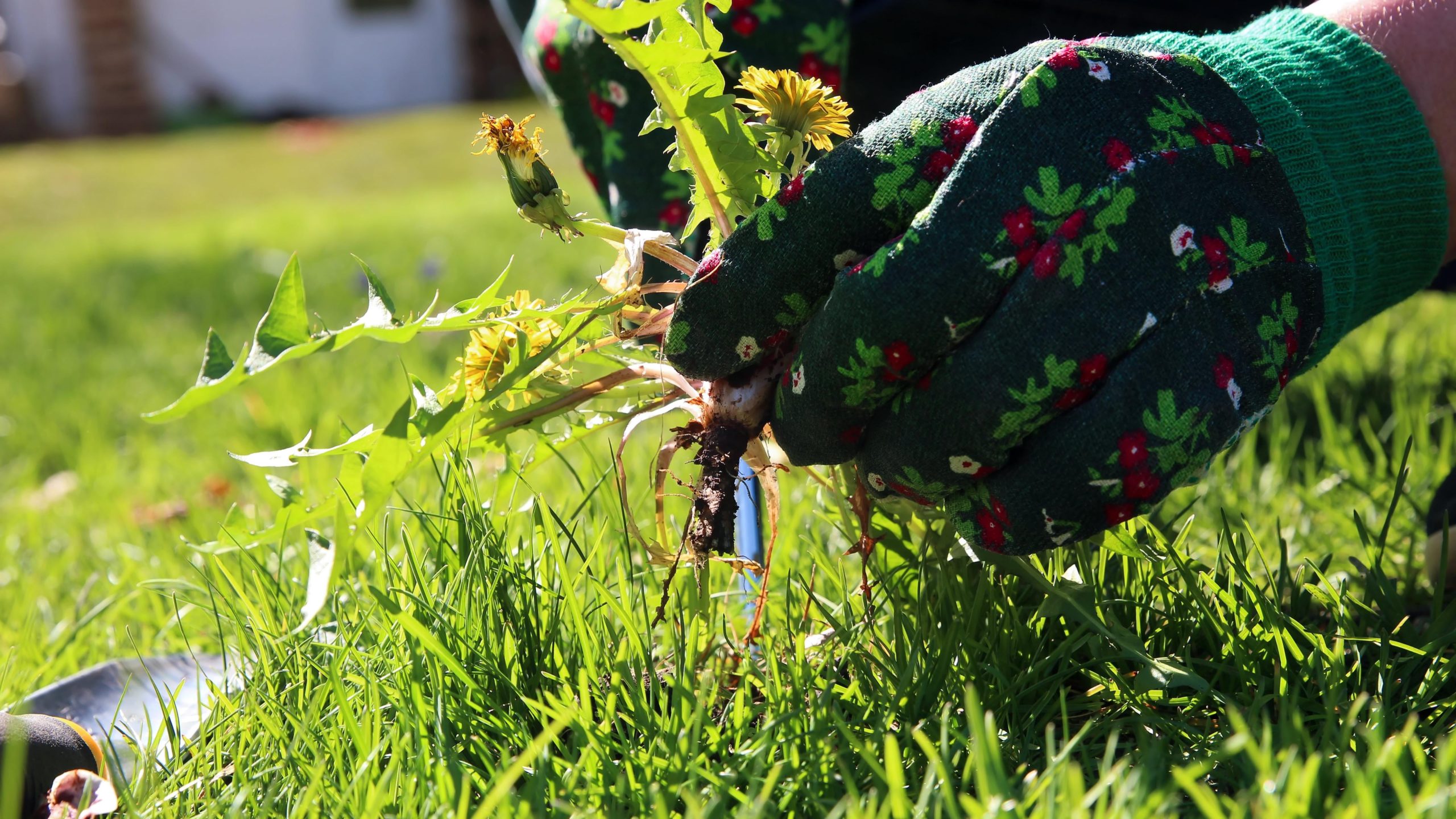
Weeds, if left to grow, can directly contribute to your lawn’s malnutrition. Weeds like crabgrass and dandelions are quick to absorb nutrients, and a lot of them, leaving almost none for your growing grass. In order to keep your grass alive, you’ll need to be diligent with weed removal.
Chemical-based weed products are toxic to humans, animals, and other plants, not to mention generally bad for the ecosystem. Instead, choose a natural option to kill weeds. Vinegar can be applied directly to the weed leaves to kill them. Just be sure only to spray the weed and not your whole lawn. Techniques like pouring boiling water on weeds are also effective. Some have found success using corn gluten meal as a natural herbicide — when mixed with soil it can prevent new weed growth — but the results may be inconsistent. When in doubt, you can always dig out the weeds directly (which may be more effective for very deep-rooted dandelions).
Control pests and insects to maintain a healthy lawns
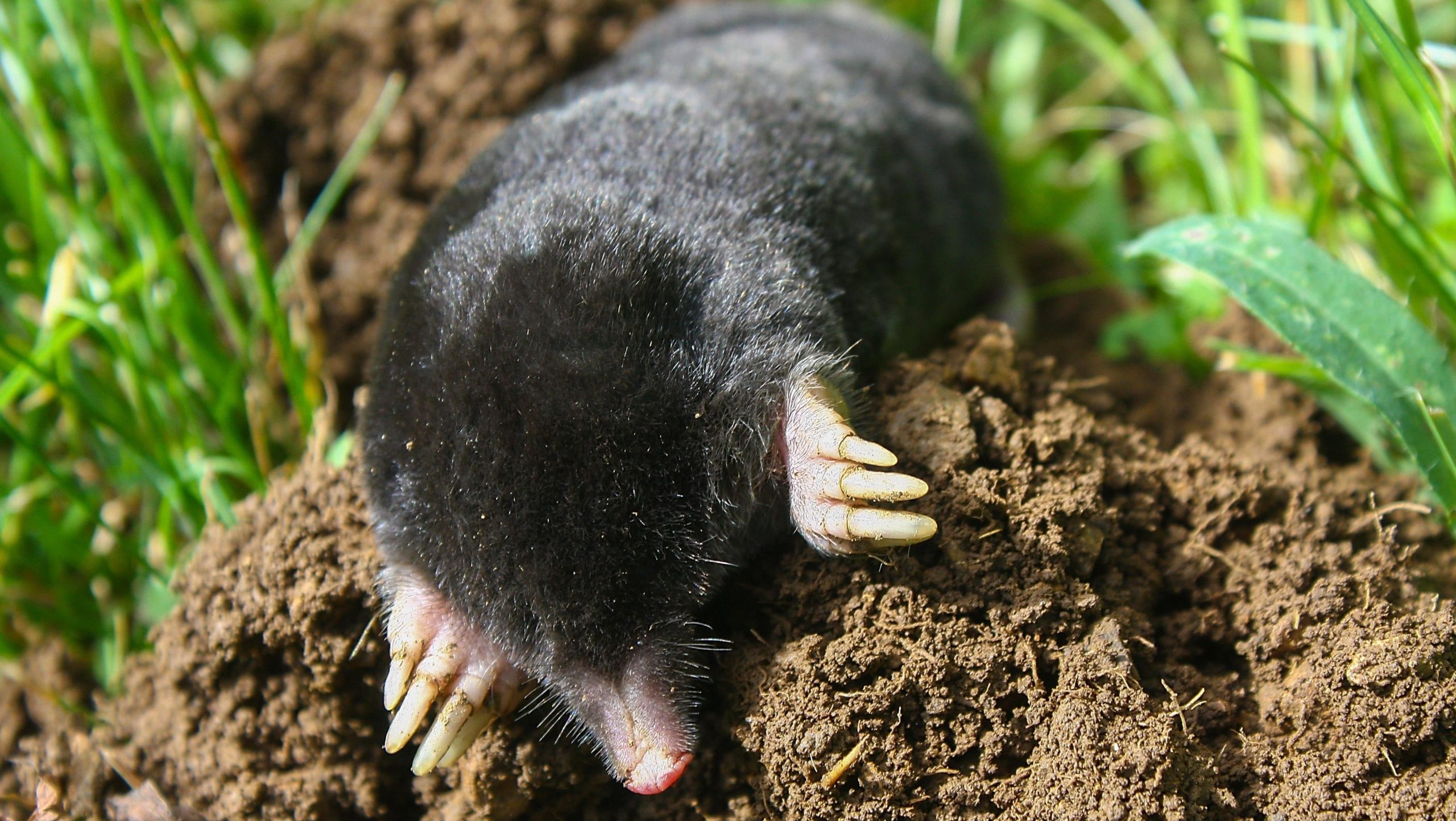
Pests can quite literally suck the life out of your plants and grass. Insects like Japanese beetles slurp vital fluid out of blades of grass, leaving them a pale yellow and effectively slowing their growth. Pesky mammals like moles love to tunnel under your grass, damaging the root system.
A simple way to ward off bugs and rodents is to not overwater your lawn — insects like mole crickets move about easier in softer soil and pesky mosquitoes love standing puddles of water. If you’re watering your lawn only as needed, this should make an unpleasant environment for bugs. There are plenty of other ways to naturally keep bugs off your lawn, such installing as a birdhouse to attract birds (insects’ natural predators). Other options include using neem and castor oil, vinegar, or soapy water. These methods are effective, but some can harm your grass, so make sure to do some research on the best methods for your particular lawn.
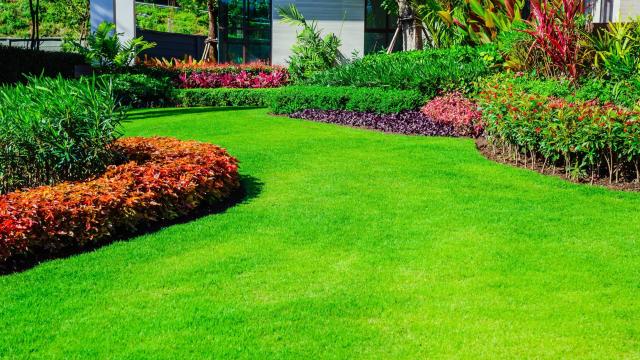
Leave a Reply
You must be logged in to post a comment.